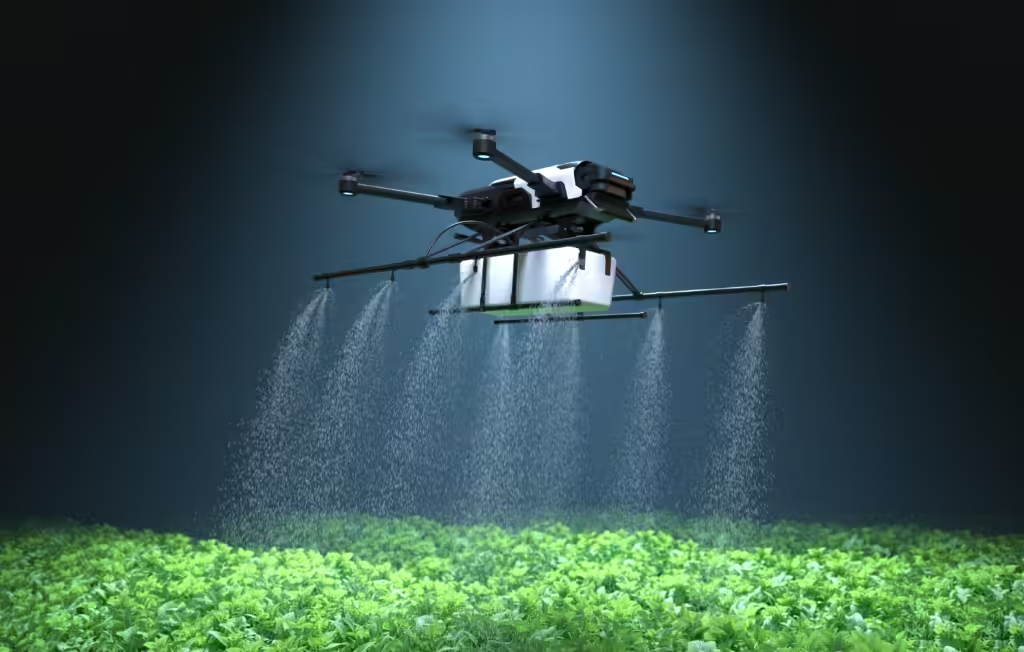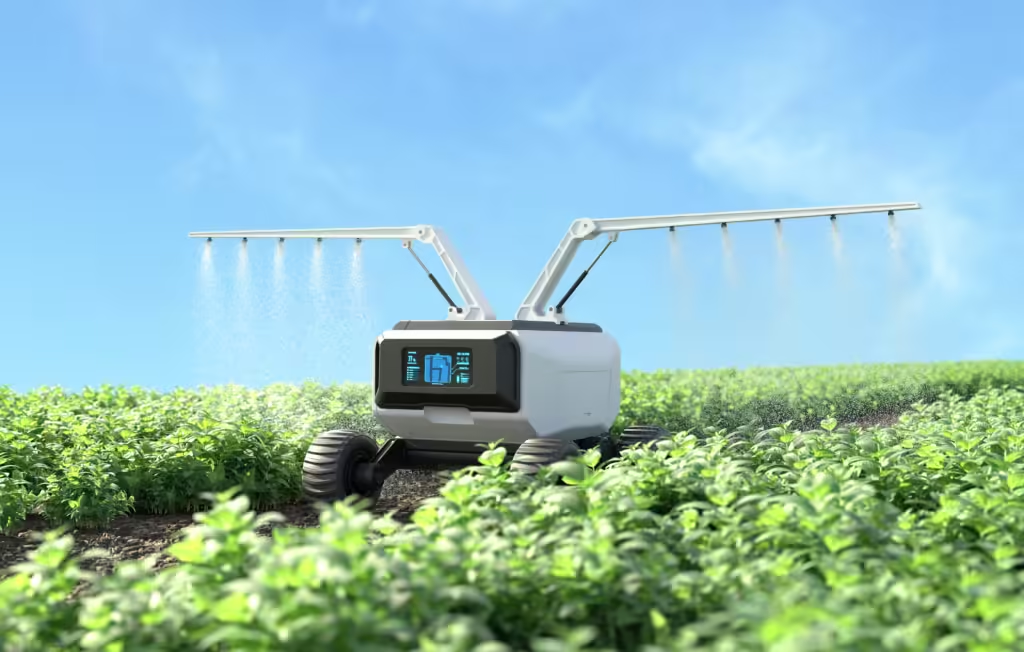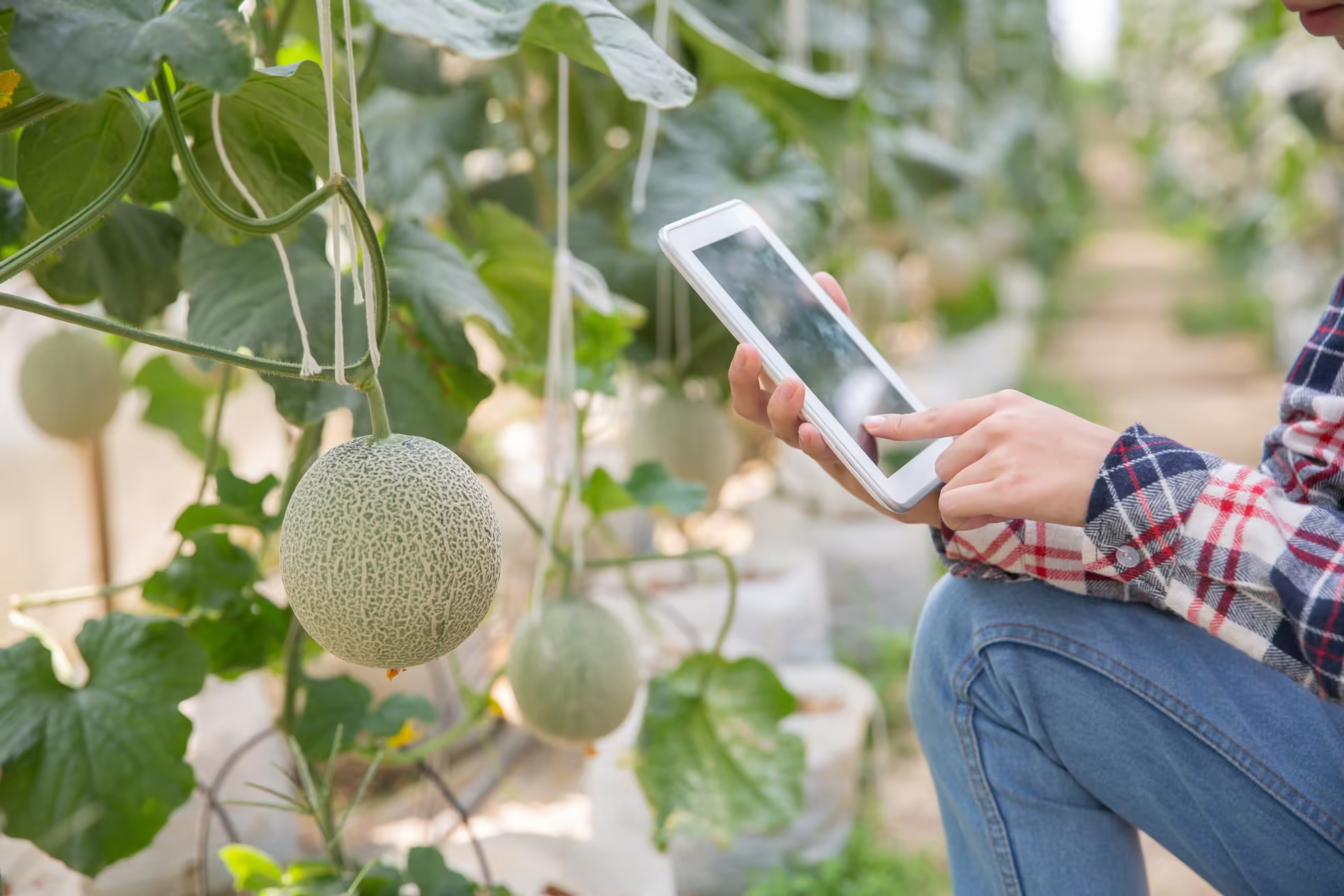Agricultural Technologies & Advanced Ways of Farming: The Future of Agriculture
Agriculture is at the heart of human civilization, providing the food and raw materials needed to sustain life. But as global challenges such as population growth, climate change, and resource scarcity increase, the need for efficient and sustainable farming practices has never been more urgent. Fortunately, advances in agricultural technologies are revolutionizing the way we farm, helping to meet these challenges head-on. In this blog, we’ll explore the latest innovations in agriculture and how they’re reshaping the future of farming.

1. Smart Irrigation Systems: Water Conservation
Water scarcity is a growing concern for farmers around the world. Traditional irrigation methods often result in significant water waste, but smart irrigation systems are designed to change that. These systems use sensors, weather data, and automation to deliver the right amount of water at the right time, conserving this precious resource.
Technologies in smart irrigation:
- IoT-based irrigation: Internet of Things (IoT) devices can track weather patterns, soil conditions, and crop requirements, adjusting irrigation schedules automatically.
- Drip irrigation: Instead of flooding fields, drip systems deliver water directly to the plant roots, minimizing evaporation and runoff.
2. Precision Farming: Maximizing Efficiency
Precision farming uses data-driven technologies to optimize every aspect of farming operations. From planting and irrigation to fertilization and harvesting, sensors and satellite data allow farmers to make real-time decisions based on the specific needs of their crops.
Key technologies in precision farming:
- GPS-enabled machinery: Tractors and harvesters equipped with GPS can follow exact routes, minimizing waste and reducing fuel use.
- Soil sensors: These sensors monitor soil moisture and nutrient levels, allowing farmers to apply the precise amount of water and fertilizer needed, reducing waste and increasing yields.
- Drones: Agricultural drones are used to survey fields, monitor crop health, and even spray crops with pesticides or fertilizers.


3. Automated Machinery: Robotics in Farming
Automation is transforming many industries, and agriculture is no exception. Robots are being developed to perform labor-intensive tasks such as planting, weeding, and harvesting with minimal human intervention.
Examples of automated farming technology:
- Autonomous tractors: These driverless machines can plow fields, plant crops, and harvest produce without the need for human operators.
- Weeding robots: Using machine vision and AI, these robots can identify and remove weeds with precision, reducing the need for chemical herbicides.
- Harvesting robots: Robots capable of picking fruits and vegetables are being developed to work around the clock, increasing efficiency and reducing reliance on seasonal labor.
4. Vertical Farming: Growing Food in Urban Areas
As urbanization accelerates, the need to grow food closer to cities is becoming more important. Vertical farming is an innovative approach that involves growing crops in stacked layers within controlled indoor environments, often using hydroponic or aeroponic systems.
Key benefits of vertical farming:
- Year-round production: Controlled environments allow crops to be grown regardless of the season or climate.
- Space-efficient: Vertical farming uses significantly less land than traditional farming, making it ideal for urban settings.
- Water-efficient: Hydroponic systems use up to 90% less water than traditional soil-based farming, making them highly sustainable.
5. Artificial Intelligence (AI) & Machine Learning: Smarter Decisions
Artificial Intelligence and machine learning are providing farmers with insights that were previously unimaginable. By analyzing vast amounts of data from sensors, weather reports, and crop models, AI systems can predict the best times to plant, irrigate, and harvest, reducing risks and increasing productivity.
AI applications in farming:
- Predictive analytics: AI algorithms analyze past data and trends to predict future crop yields and potential pest outbreaks.
- Plant disease detection: Machine learning models can identify crop diseases in their early stages by analyzing images of plants, helping farmers take action before problems escalate.
- Supply chain optimization: AI can help optimize the agricultural supply chain by forecasting demand, reducing waste, and improving logistics.
6. Biotechnology & Genetic Engineering: Enhancing Crops
Biotechnology and genetic engineering are enabling the development of crops that are more resilient to pests, diseases, and extreme weather conditions. By modifying the genes of plants, scientists can create crops that have higher yields and require fewer inputs such as water and fertilizer.
Advancements in crop biotechnology:
- Genetically modified organisms (GMOs): GMOs are engineered to have traits like pest resistance, drought tolerance, and improved nutritional content.
- CRISPR technology: This revolutionary gene-editing tool allows scientists to make precise changes to plant DNA, potentially creating crops that can withstand harsher environments.
- Biopesticides and biofertilizers: These are organic alternatives to chemical pesticides and fertilizers, promoting healthier soil and reducing environmental damage.
7. Blockchain in Agriculture: Transparency in the Supply Chain
Blockchain technology, which underpins cryptocurrencies like Bitcoin, is now being applied in agriculture to improve transparency and traceability in the supply chain. Blockchain enables farmers, suppliers, and consumers to track the journey of food from farm to table.
Benefits of blockchain in farming:
- Supply chain transparency: Consumers can trace the origin of their food, ensuring it was grown sustainably and ethically.
- Fair trade: Farmers can be paid more quickly and fairly through blockchain-based payment systems.
- Reduced fraud: Blockchain reduces the chances of food fraud, such as mislabeling organic or fair-trade products.













